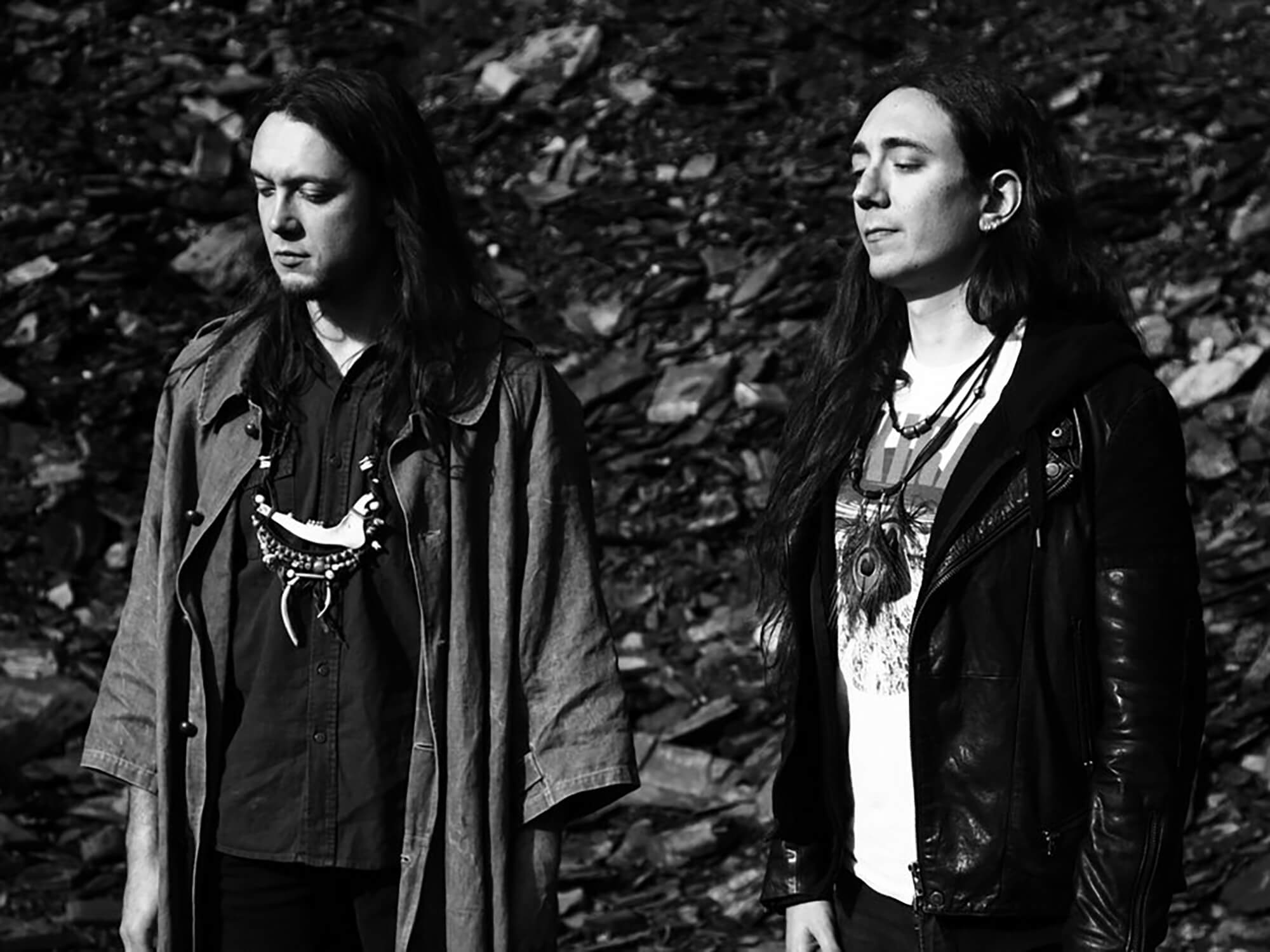Related Tags
The Genius Of… Les Voyages de l’ me by Alcest
After the rapturous response to Écailles de Lune, the French blackgaze pioneers perfected their genre and set the stage for its worldwide takeover.

Alcest. Image: Alcest Bandcamp
Stéphane Paut remembers where he was before he was born. Throughout his childhood, the French musician had visions of somewhere so gorgeous that he’s never been able to articulate it. What some may call daydreams he instead believes are memories: flashes of impossible colours and a glowing paradise that he won’t return to until his life ends.
This place is the conceptual heart of Paut’s band, Alcest. Under the pseudonym of Neige, he’s long been trying to distil the sound of heaven into a medium as human as music. Marrying the beauty of shoegaze and the desperation of black metal has been his main way of making the intangible audible, and Les Voyages de l’ me was when those pieces first united into something truly transcendent. The wider world was enchanted and the ascension of the “blackgaze” subgenre was instantly roadmapped.
There were 13 years between Alcest’s 1999 formation and the album that perfected their soundscape. Their debut demo, 2001’s Tristesse Hivernale, was masterminded by a 15-year-old Paut and fit snugly within the black metal genre. Based in the remote commune of Bagnols-sur-Cèze, the only others the teenager could find to round out his lineup were members of Peste Noire: a band now more famous for their racist imagery than their music. To this day, he cites their collaboration as his biggest regret.
After joining and leaving both Peste Noire and fellow black metal brutes Mortifera, Paut revived Alcest as a solo act and released Le Secret in 2005. The two-song EP laid the foundations for the career to come, floating between shrieking angst and shoegaze segues inspired by the songwriter’s visions. 2007 debut album Souvenirs d’un Autre Monde doubled down on the bliss, its forlorn post-rock relaying both the lusciousness of a far-away landscape and its creator’s sadness at being unable to glimpse it again.
When Souvenirs… came out, black metal was at war with itself. While Norwegian masters like Mayhem and Ihsahn were returning to their classic influences, Wolves in the Throne Room and Agalloch were emerging in the States, inspired by Alcest and driving the style down more atmospheric avenues. Introverted and garnering some major American press, this new wave transcended the genre’s original appeal, inciting elitists to lambast the artists as sell-outs.
Alcest became blackgaze’s representatives in this movement by reintegrating screeches and harder riffs on 2010’s Écailles de Lune, but sell-outs they were not. By that point, Paut’s desperation to relive his pre-birth experience had exacerbated into frustration, which became tangible in his music. “I was missing that place,” he explained to Machine Music in 2020, “and I felt like an outsider and I felt alone.”

Écailles… isn’t a perfect album in hindsight. As frequently evocative as it is, it never outdoes the ambition and dynamism of the two-part title track that opens it. All the same, Pitchfork loved it. Hipsters’ idol, Anthony Fantano, praised it. Purists were pissed, yet their whining was overwhelmed by the acclaim that made Alcest an east-of-the-Atlantic addition to a scene they ironically predated.
Les Voyages… isn’t a reinvention, but a perfection. It was and remains the greatest achievement in Alcest’s blackgaze quest: Pitchfork called it “the most accomplished Alcest offering” and Paut’s “ultimate statement”. The production’s uniformly prettier than the clashing rawness and ambience of Écailles…, letting the band’s two component genres cascade into a congruent whole.
More importantly though, the songwriting just feels so layered. When Beings of Light casts echoing shoegaze chords on top of extreme metal blast beats, it’s radiant and urgent in equal measure. Similarly, Là Où Naissent Les Couleurs Nouvelles is defined by its contrasting melodies, with Paut’s crooning giving way to grinding yet slow and graceful guitar leads.
Consider the fact that Alcest’s biggest song, Autre Temps, opens the album and it’s hard to argue against it being their magnum opus. In classic post-rock form, the single’s an ever-escalating introduction to what this band can do, rising from simple arpeggios to wall-of-sound guitar chords, before its last chorus carries countless levels of shimmering noise. The French-language lyrics only add to the track’s enigmatic allure.
Just a year after Les Voyages… came out, blackgaze climbed to the peak of its relevance. Deafheaven, another American act openly influenced by Alcest, released Sunbather, which was received as one of the finest albums of 2013 by indie and metal publications alike. Metacritic called it “the best-reviewed major album” of the year – but, as it darted from seething metal to post-rock quietness, it still felt three years behind what Paut was doing.
Then again, maybe it’s a blessing that this band didn’t become blackgaze’s figurehead. In 2014, they eschewed metal for the dream-pop of Shelter, conveying all the loveliness of Paut’s life before life with none of the exasperation. Even after nudging the door open for one of metal’s most mainstream moments, Alcest favoured an otherworldly purpose to earthly delights.
Les Voyages de l’ me is being reissued by Prophecy Productions on 28 April.
